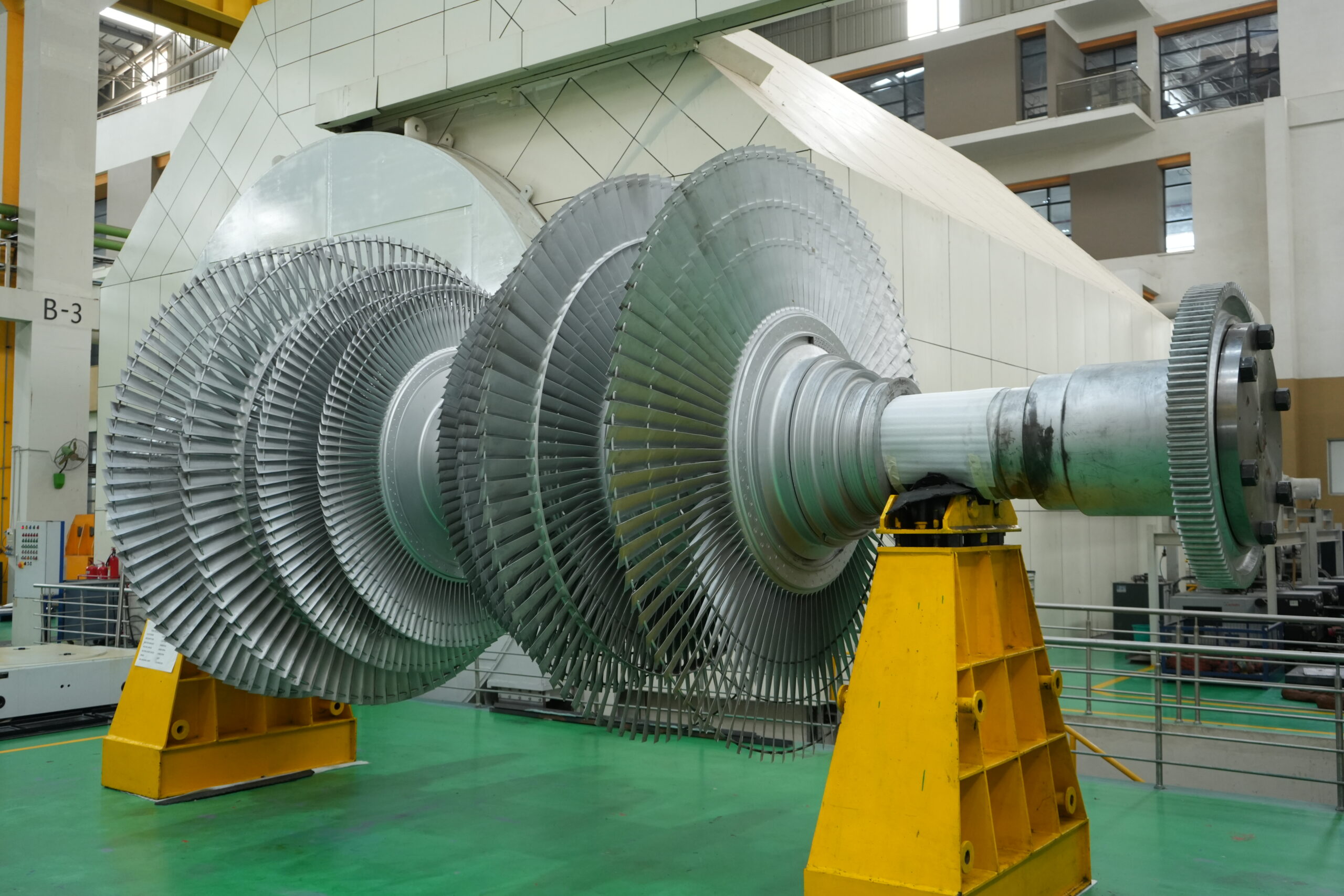
How a Combined Cycle Power Plant Works
Power generation technologies are evolving, and industries are continually seeking ways to improve efficiency while reducing their environmental footprint. Whether it’s independent power producers, oil and gas companies, or manufacturing industries, the demand for high-efficiency and sustainable power solutions has never been more pressing.
One of the most effective technologies in this regard is the combined cycle power plant. By utilizing both gas and steam turbines, these plants achieve greater energy efficiency and contribute to reducing greenhouse gas emissions. They are now a preferred choice for industries aiming to optimize their energy use and lower fuel costs.
Triveni Turbines is at the forefront, providing state-of-the-art steam turbines designed to improve the efficiency of combined cycle power plants. In this blog, we will explore how combined cycle power generation functions and how our innovative technology delivers significant results for industries around the world.
How Does a Combined Cycle Power Plant Work?
The combined cycle power plant works by combining two thermodynamic cycles— the Brayton cycle, used in gas turbines, and the Rankine cycle, used in steam turbines— to produce electricity efficiently. Let’s break this down:
- Gas Turbine (Brayton Cycle): The process starts with a gas turbine. Here, air is compressed and mixed with fuel, typically natural gas. When ignited, this mixture expands rapidly, driving the gas turbine to generate power.
- Heat Recovery Steam Generator (HRSG): The hot exhaust gases from the gas turbine are not wasted. Instead, they pass through a heat recovery steam generator, which is utilized to generate steam.
- Steam Turbine (Rankine Cycle): The steam generated in the HRSG is then routed into a high-efficiency steam turbine. As the steam moves through the steam turbine, it spins the blades, generating additional electricity.
- Condenser: Finally, the steam is cooled down in a condenser, turning it back into water for reuse. This closed-loop process is what makes combined cycle power generation so efficient, ensuring minimal energy waste.
This combination of gas and steam turbines in a single plant significantly enhances the efficiency of a combined cycle power plant, reducing fuel consumption and improving power generation.
Why Choose Combined Cycle Power Plants?
Combined cycle plants are an efficient energy solution that utilizes both gas and steam turbines. By capturing waste heat from gas turbines to generate additional power, these plants optimize fuel use and reduce greenhouse gas emissions. This makes them an ideal choice for industries seeking reliable and cost-effective power generation.
Innovative Technology at the Forefront of Combined Cycle Power Plants
High-efficiency steam turbines are essential for maximizing performance in combined cycle power plants, delivering substantial improvements in energy output while reducing fuel consumption. By incorporating modern technologies like 3D printing and scanning, companies can significantly extend equipment life and minimize downtime.
Triveni Turbines is leading this transformation by delivering high-efficiency steam turbines designed to optimize combined cycle power plant performance across diverse industries.
How can Triveni Turbines Drive Your Green Energy Goals?
A combined cycle power plant marks a major advancement, delivering exceptional efficiency while minimizing environmental impact.
At Triveni Turbines, we are committed to providing high-efficiency steam turbines that are tailored to meet the specific needs of various sectors, from industrial captive power plants to independent power plants. Our cutting-edge technology guarantees that your power generation system runs at optimal performance, providing significant cost savings and enhanced operational flexibility.
Are you ready to embrace a future where efficiency and sustainability go hand in hand? We invite you to discover our range of tailored steam turbine solutions, designed to meet your unique operational requirements.
